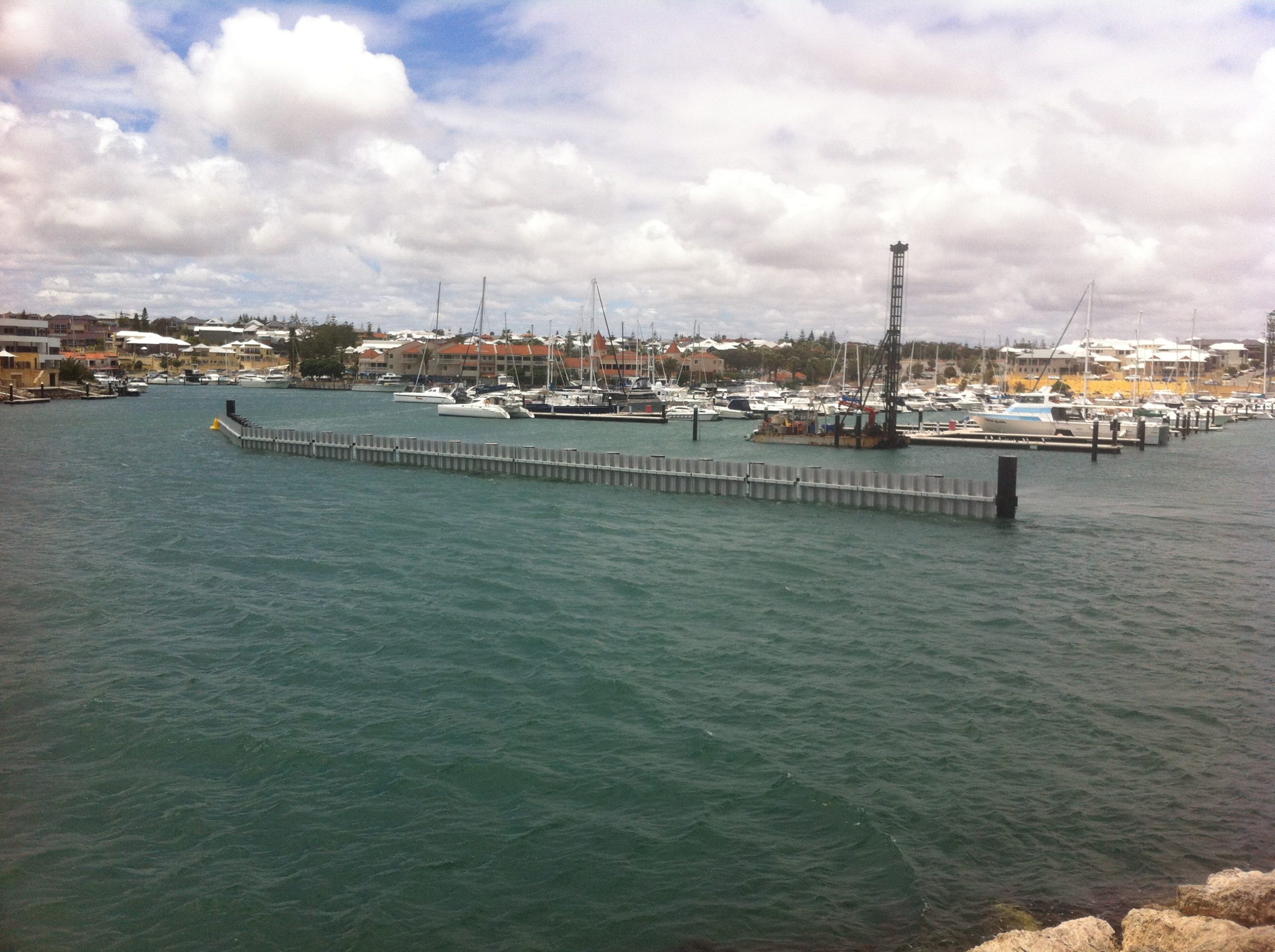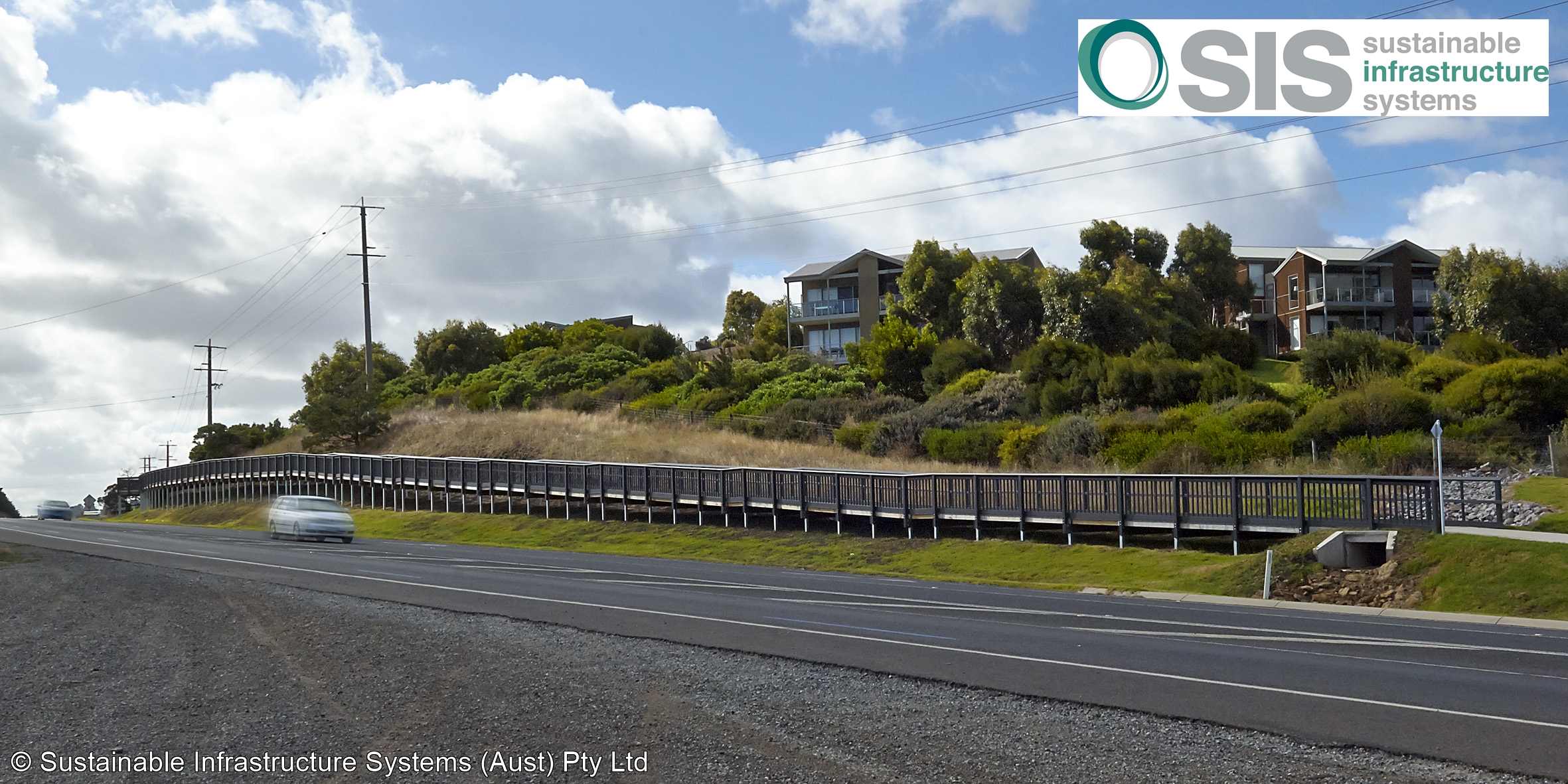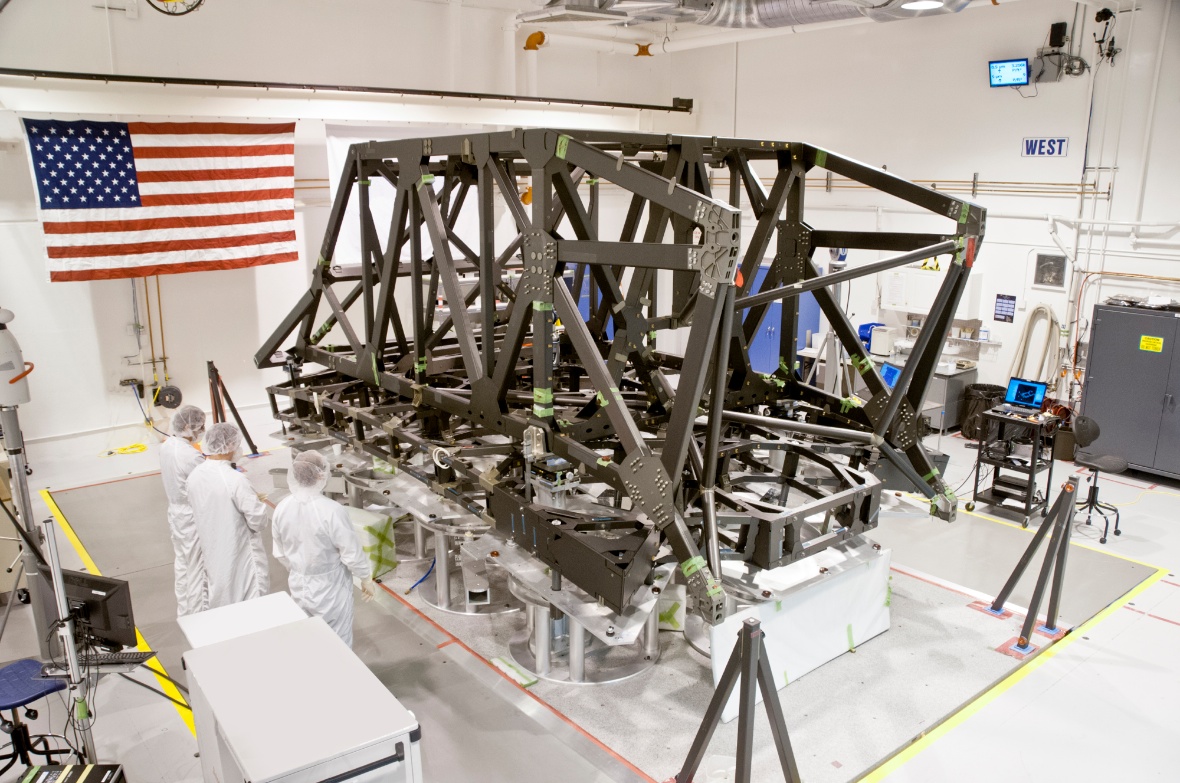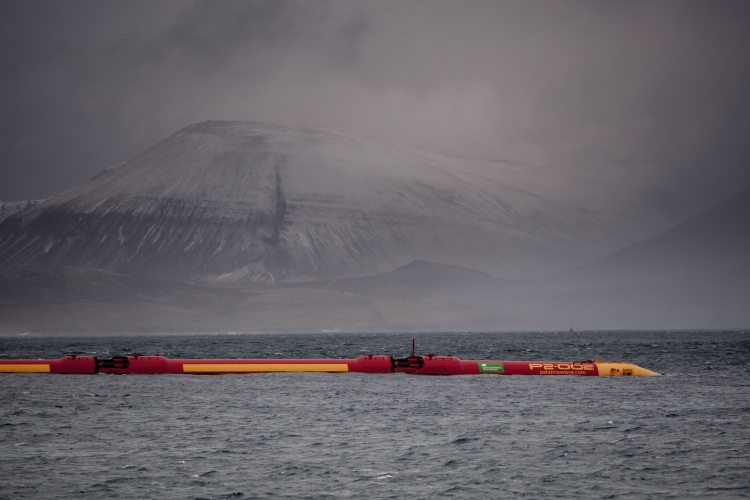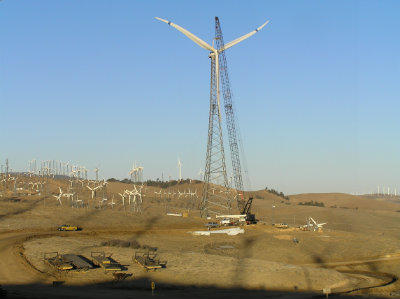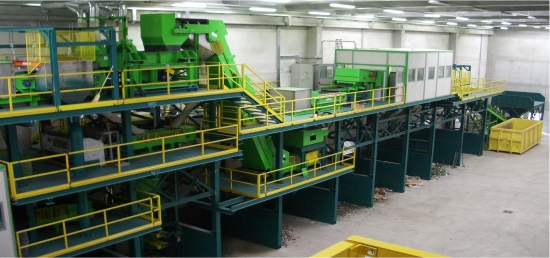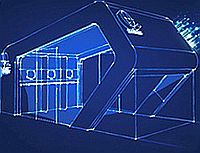NSE Composites used Abaqus FEA to validate a Sandia-funded sweep-twist design that captures 12 percent more energy.
The basic physics and economics of wind turbine blades are relatively simple. For one, their power output is roughly proportional to the square of blade length. This relationship pushes designers to create increasingly longer blades for harvesting additional kilowatts. Secondly, as blades get longer, weight increases—by approximately the cube of the length—leading to higher raw material costs. This correlation sends designers in search of weight-efficient geometries that are strong and rigid enough to weather the increased loading inherent in longer blades.
Navigating a maze of engineering challenges such as these can lead to interesting design directions. At the United States Department of Energy’s (DOE) Wind Energy Research Program at Sandia National Laboratories, the result has been the development of a sweep-twist adaptive rotor (STAR). This innovative curved blade was proposed in earlier theoretical research and had been garnering increasing interest for use in utility-scale applications. The new configuration is seen as a way to reduce operating loads on ever-lengthening blades. If successfully commercialized, the outcome would be larger, lighter, less-expensive, and more productive wind turbines.
In 2004, Knight and Carver (K&C) Wind Group, a San Diego-based wind blade manufacturer, was awarded a DOE contract to develop STAR. Partnering with Sandia, K&C was responsible for design, fabrication, testing, and evaluation of a sweep-twist prototype. They began by assembling a team of specialized companies and academic institutions, one of which was Seattle-based NSE Composites, who were brought on board to perform the finite element modelling (FEM) of the new design.
“NSE had done a lot of analyses over the years on composite aircraft and helicopter aero structures for companies such as Boeing,” says DM Hoyt, one of NSE’s founders. “Plus, we were already troubleshooting another blade problem for K&C and wanted to diversify our customer base to include more renewable energy, so the fit was a good one.”
Hoyt and his partners at NSE have been using Abaqus from SIMULIA, the Dassault Systèmes application for realistic simulation, as their finite element analysis (FEA) tool for years. As their projects moved toward larger and more complex models, the software’s ongoing developments in simulating composites, crack generation, and fracture kept pace.
“Simulation has been a great asset for both our aerospace and wind energy work,” says Hoyt. “It enables us to explore new ideas and look at the performance of multiple designs and materials while minimizing expensive testing.”
Sweep-twist blade basics
Rather than a traditional linear profile, a sweep-twist blade has a distinctive gently curving tip (or “sweep”) with curvature towards the trailing edge (see Figure 1). Theoretically, this planform shape allows the blade to respond to turbulent wind gusts through a process of controlled twisting and bending: As the blade twists, it sheds loads that would normally be translated as material stresses to the root (or base) of the structure. In nature, a similar sweep can be seen in the wing shape of birds that migrate long distances and the characteristic profile of whale tails and dorsal fins.
The engineering upside of twist-coupling is the ability to create longer wind blades while avoiding the higher loads that typically accompany increased length. Reducing loading—not only on the blade root but also on the turbine itself—enables a lighter blade design with lower raw material costs and helps lessen fatigue stresses on the rotating machinery. In early calculations, the STAR design promised a decrease in fatigue loads of 20 percent using a tip twist of three degrees. But as the design progressed, longer blades that capture more energy with no increase in load were pursued.
Beyond the potential advantages of altering the traditional length-weight-cost relationship, twist coupling is seen as a financially attractive solution for tapping low-wind-speed sites (defined as having an average velocity of 5.8 meters per second at a 10-meter height). These sites—in contrast to the high-wind-speed locations that have been the focus of wind-mining to date—are abundant in the U.S.’s mid-section and closer to major power-load centres. If the cost benefit proves favourable, development of low-wind locations could increase potential domestic wind farm area by a factor of twenty.
Understanding turbine behaviour — without the wind
“Over the years wind blades have become more and more high tech. The industry is pushing the limits of design and materials,” says Hoyt. “As that happens, engineers need to tighten up the loose legacy tolerances and manufacturing controls that originated in boat-building technology and adopt the more rigorous analyses that we have always done for complex aerospace structures.”
Of particular use in wind blade analyses with FEA, notes Hoyt, is Abaqus’ ability to handle composite properties and control material orientation. It can calculate blade-tip deflection (to avoid “tower strike”) and accurately predict both torsional response (including twist angle, which is key to load-shedding) and shear-compression buckling stability (associated with sweep-twist) of composite sandwich structures. An additional capability key to wind blade analysis is the extraction of accurate equivalent beam properties directly from a solid 3D FEM. These bending and twisting definitions are used in wind-blade-specific dynamics codes to predict the overall performance of the turbine.
“During the preliminary design phase, the type and amount of input data is often limited,” says Hoyt. “In the wind projects we’ve been involved with to date, there hasn’t been a high-fidelity CAD model available to use as a basis for the FEM.” So at the start of the STAR analysis, the NSE team only had the blade’s basic geometric parameters—the planform shape, the air foils, and the chord lengths—to work with. The desire for high-fidelity FEA at a design stage when only the basic parameters of the blade have been defined led to the development of NSE’s bladeMesher software, which is able to create a solid 3D mesh of the blade from the partial data.
“Our software splines the geometry defined at several locations on the outer mould layer (OML) of the blade and combines it with the composite material thicknesses specified at each location to generate a mesh with the true thickness details,” says Hoyt. “This solid mesh and material definition is then imported into Abaqus where we perform a detailed finite element analysis. We have found that a solid FEM has many advantages over shell element FEMs, which have traditionally been used for blade analysis. These benefits include a more accurate prediction of twisting behaviour and the ability to analyse stresses in the adhesive joints between structural elements.”
As the design of the blade progressed, the team explored new air foils and made adjustments to the sweep geometry to hone in on the optimal amount of twisting. The bladeMesher software enabled rapid updates to the solid FEM based on the new geometry, allowing the team to quickly assess the effect of each change. Abaqus’ task was to confirm the earlier section analysis predictions, which were performed using constant-section-equivalents to estimate the effective beam properties of the blade.
To determine whether the sweep-twist geometry would shed loads as predicted, two wind scenarios were applied to the model: an operating load and an extreme-wind conditions case (50-year gusts at 156 miles per hour). The analysis was used to predict the blade deflection and twist, perform detailed stress calculations, and investigate potential shear buckling due to the increased twist inherent in the design.


